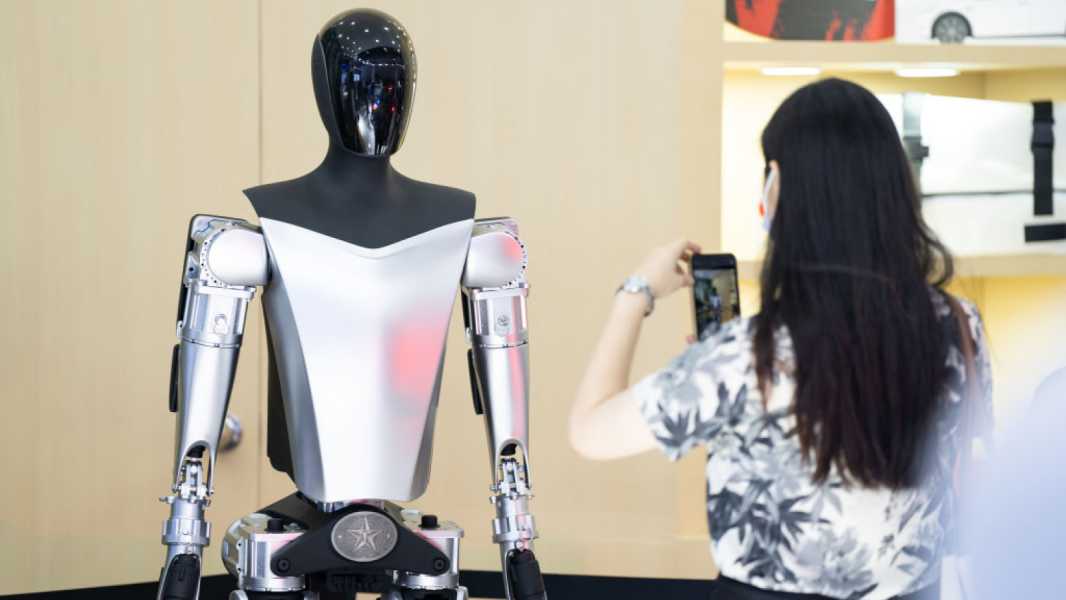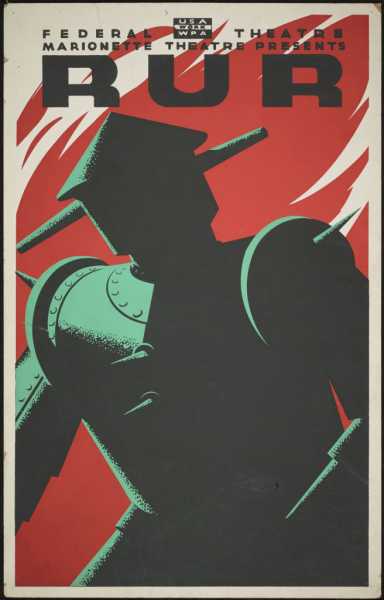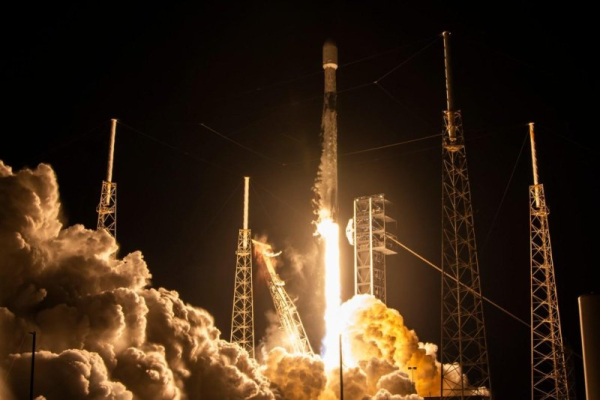
(Image credit: VCG/VCG via Getty Images)
Few technologies have captured the human imagination quite like robots. The concept of machines that can move and communicate like us has been a staple of science fiction for decades. In reality, however, most existing robots are shapeless arms performing boring, repetitive tasks in factories. However, recent advances in artificial intelligence (AI) and robotics are bringing the vision of intelligent humanoids we dream of closer to reality.
Here are 12 key events that have led us to this moment.
1921 – The term “robot” is coined

Since ancient times, humans have fantasized about creating artificial beings, from the clay golems of Jewish mythology to the mechanical minions of the Greek god Hephaestus. History is replete with examples of complex automatons designed to dazzle audiences with their realistic behavior. But the word “robot” was first coined by Czech author Karel Čapek in his 1921 play RUR, which stands for Rossumovi Univerzální Roboti (Rossum’s Universal Robots). The term comes from the Czech word “robota,” which translates as forced labor, and the play depicts artificial workers created from synthetic organic matter who rebel against their human masters, a theme that has been explored in many other works since.
1942 — Isaac Asimov's Three Laws of Robotics
Sourse: www.livescience.com





